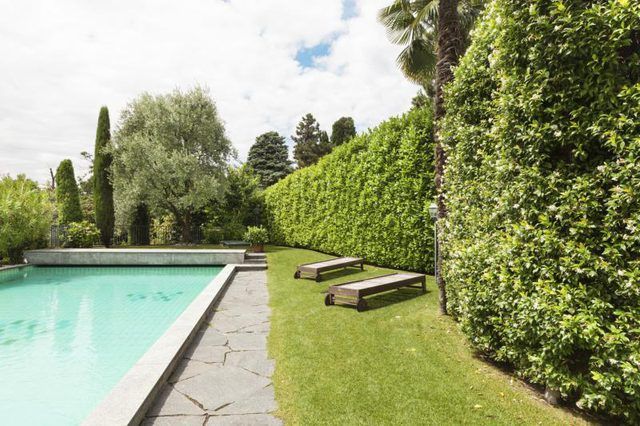Bulbs
Flower Basics
Flower Beds & Specialty Gardens
Flower Garden
Garden Furniture
Garden Gnomes
Garden Seeds
Garden Sheds
Garden Statues
Garden Tools & Supplies
Gardening Basics
Green & Organic
Groundcovers & Vines
Growing Annuals
Growing Basil
Growing Beans
Growing Berries
Growing Blueberries
Growing Cactus
Growing Corn
Growing Cotton
Growing Edibles
Growing Flowers
Growing Garlic
Growing Grapes
Growing Grass
Growing Herbs
Growing Jasmine
Growing Mint
Growing Mushrooms
Orchids
Growing Peanuts
Growing Perennials
Growing Plants
Growing Rosemary
Growing Roses
Growing Strawberries
Growing Sunflowers
Growing Thyme
Growing Tomatoes
Growing Tulips
Growing Vegetables
Herb Basics
Herb Garden
Indoor Growing
Landscaping Basics
Landscaping Patios
Landscaping Plants
Landscaping Shrubs
Landscaping Trees
Landscaping Walks & Pathways
Lawn Basics
Lawn Maintenance
Lawn Mowers
Lawn Ornaments
Lawn Planting
Lawn Tools
Outdoor Growing
Overall Landscape Planning
Pests, Weeds & Problems
Plant Basics
Rock Garden
Rose Garden
Shrubs
Soil
Specialty Gardens
Trees
Vegetable Garden
Yard Maintenance
Fertilizing Hedges
Fertilizing Hedges. Fertilizing hedges is more of an art than a science. The type and amount of fertilizer needed depends the shrub variety, age of the hedge, the spacing of the shrubs and the growing conditions. Thin, rocky or sandy soils are often low in nutrients and hedges fail to thrive. Select shrubs that grow well in the available...

Fertilizing hedges is more of an art than a science. The type and amount of fertilizer needed depends the shrub variety, age of the hedge, the spacing of the shrubs and the growing conditions. Thin, rocky or sandy soils are often low in nutrients and hedges fail to thrive. Select shrubs that grow well in the available conditions, such as soil type, available light and wind exposure, for the best results.
Soil Testing
Soil testing gives accurate information for fertilizing hedges. Soil varies in the amount of plant nutrients it contains and its acidity or alkalinity, or pH value. Over-fertilizing hedges causes excessive growth that requires additional pruning and makes hedges susceptible to cold injury and breakage during heavy winds. It also promotes soft, sappy growth that's vulnerable to pest attack. Soil pH is important because some shrubs only thrive in soils within a certain pH range. For example, camellias (Camellia japonica), which are hardy in U.S. Department of Agriculture plant hardiness zones 7 through 9, only grow well in neutral to acid soil and require fertilizer for acid-loving plants.
New Hedges
A small application of a high-nitrogen fertilizer helps new hedges establish. Newly planted hedges suffer from shock and stress, and should be allowed to adjust to their new environment before encouraging new growth by applying fertilizer. Balled and burlapped and bare root hedge plants take an especially long time to establish and shouldn't be fertilized in the first season unless the soil quality is poor. Fertilize fall-planted hedges in spring, and wait six to eight weeks before fertilizing spring-planted hedges. As a general guideline, sprinkle 1 teaspoon of a 16-4-8 fertilizer or similar high-nitrogen product around the edges of each planting hole, or apply the product according to the manufacturer's instructions.
Established Hedges
Fertilization of established hedges depends on hedge locations and growing conditions. When new shoots in hedges are healthy and grow 6 inches or longer in a season, no additional fertilization is required. Signs that fertilization is required include premature fall leaf color and leaf drop, poorly colored leaves and smaller than normal leaves, but insufficient light and water can also cause these symptoms, because the shrubs can't absorb nutrients from the soil. Sprinkle a 10-10-10 fertilizer within the drip line of established hedges at a rate of 2 to 4 pounds per 1,000 square feet in late fall or early spring as a general guideline, or apply the product according to the manufacturer's instructions. Don't fertilize hedges suffering from drought stress because this burns hedge roots.
Organic Fertilizers
Gardeners who don't wish to fertilize hedges with artificial chemicals can select from a range of organic fertilizers. Organic or natural fertilizers include well-rotted manure, sewage sludge, compost, blood, bone meal and cottonseed meal. Organic fertilizers offer the benefit of being slow-release, so are less likely to burn hedge plant roots or leach into ground water, but plant response may be slow and some products don't give nutrient analyses. Weed suppression and soil moisture conservation are two side benefits of bulky organic fertilizers such as well-rotted manure. To fertilize hedges with compost, spread a 3/4-inch layer within the drip line but avoiding the shrubs' stems, in early spring.